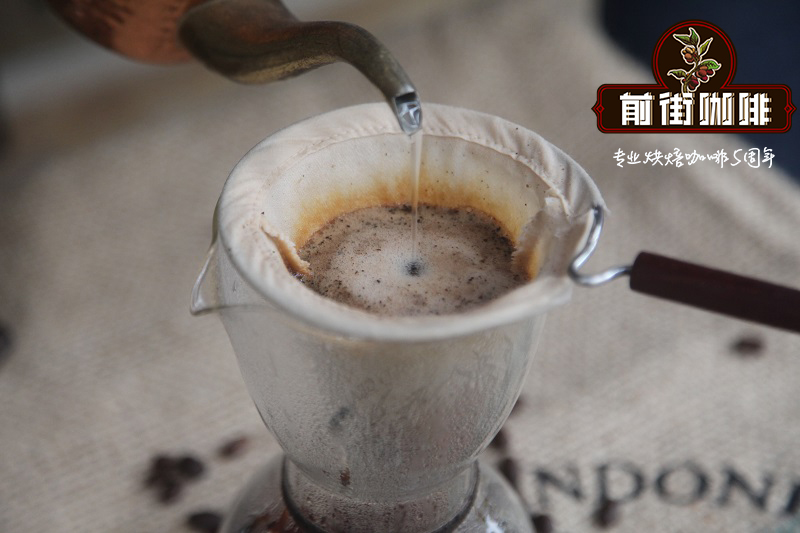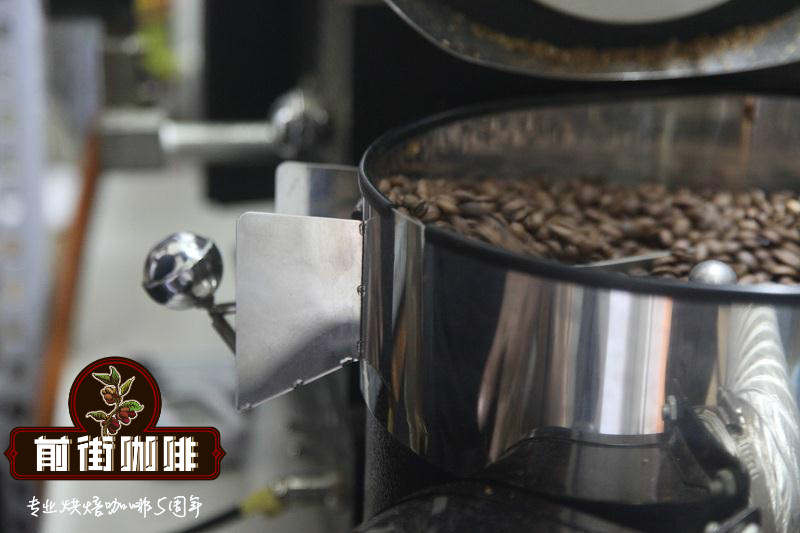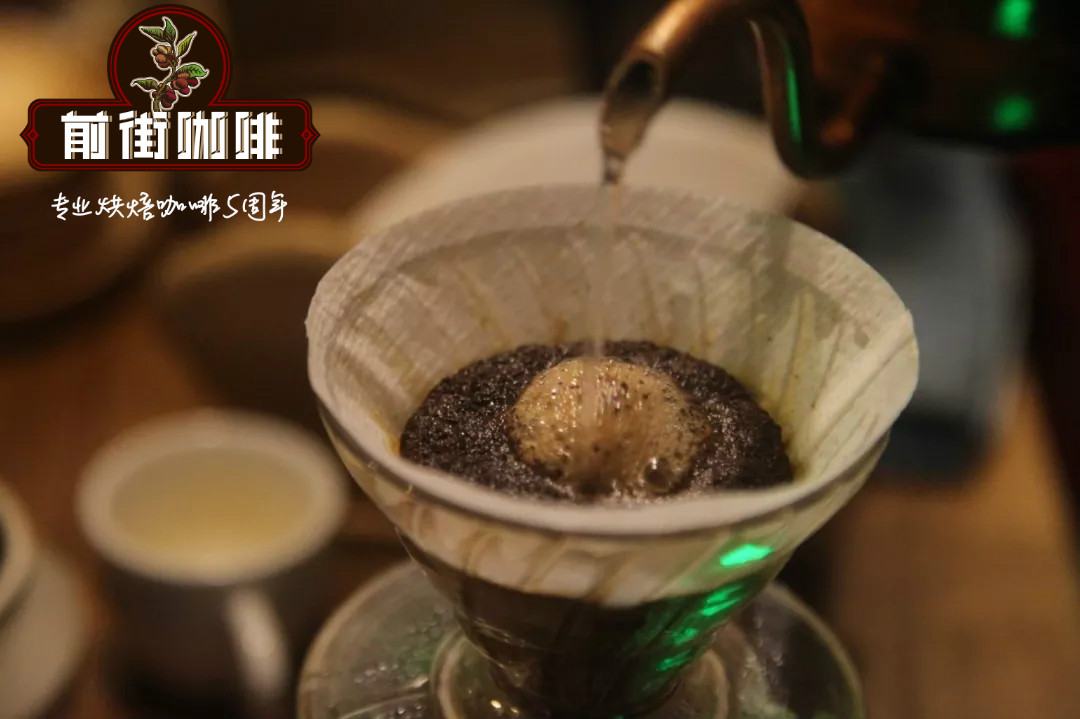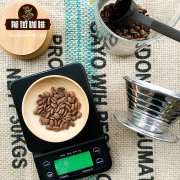Brief introduction of Costa Rican Coffee Variety Saqimo Sarchimor Price of Costa Rican coffee beans

Professional coffee knowledge exchange more coffee bean information please follow the coffee workshop (Wechat official account cafe_style)
Costa Rican coffee bean honey treatment is a kind of treatment between tanning method and water washing method. It keeps the coffee clean by washing, and because it is dried in the sun together with the pulp mucosa, it greatly increases the sweetness and caramel flavor of the coffee (the sugar content of the pulp mucosa is extremely high). Honey treatment first appeared in Costa Rica in Central America, mainly because of the lack of water resources in some high-altitude areas of Central America, so the coffee fruit was dried in the sun together with the pulp mucosa after using the pulp sieving machine.
Pectin mucous membrane is the part with the highest content of coffee fructose, and it is also an important part of coffee fermentation. It can be said that 80% of this part determines the supply of nutrients in the process. Yellow honey retains 60% pectin, red honey retains 75% pectin, and black honey hardly removes pectin.
Red honey retains about 75% of the pectin; it dries longer than yellow honey, and reduces direct exposure to sunlight, even in shading sheds, lasting about 12 days.
Analysis of raw coffee beans in Costa Rica
Saqimo Sarchimor was first discovered by the Portuguese breeding Research Institute and was distributed to coffee-growing countries in Brazil, Central and South America after research and breeding.
Saqimo and Catimor are the two most important mothers of disease-resistant bean seeds in the world. Their disease resistance comes from Timo, while the flavor comes from another bean seed. For example, in Sacramento, the flavor comes from Vera Saatchi, while Katim's flavor comes from Kaddura. Although Saqimo's cultivation is not as extensive as that of Katim, it has considerable production in Costa Rica and Brazil, while the disease-resistant beans derived from Sachimo are not numerous, such as Cuscatleco, IAPAR 59, Limani, Marsellesa, Parainema and so on.
Roasting Analysis of Costa Rican Coffee beans in Qianjie Coffee
This Costa Rican coffee bean is of medium size, medium density, medium bean quality, and high moisture content of the newly produced kidney beans. In the baking process, the heat absorption is also relatively fast, the Mena reaction process is also relatively fast, the yellowing point is about 5 minutes, in the first batch of baking, the bean temperature is relatively high, the bean temperature is 200 degrees, and the firepower is also relatively high. in the baking process, gradually adjust the firepower according to the need, in the bean into the yellowing point, dehydration finished, an explosion precursor respectively adjust the firepower to avoid bean burns. Under this method of operation, the dehydration time of coffee is relatively shortened, heating up at a rate of 6-8 degrees every 30 seconds and entering an explosion earlier to retain clean and bright acidity.
Roaster Yangjia 600g semi-direct fire

Enter the pot at 200 degrees Celsius, adjust the firepower to 160 degrees after opening the throttle for 30 seconds, keep the throttle unchanged, the temperature return point is 1: 35 ", keep the firepower, at 5: 06" the bean surface turns yellow, the smell of grass disappears completely, enter the dehydration stage, the firepower is reduced to 130 degrees, and the throttle is adjusted to 4.
The dehydration of the 7th '50th' was finished, and ugly wrinkles and black markings appeared on the bean surface when the firepower dropped to 80: 10, and the smell of toasted bread obviously changed to coffee, which can be defined as a prelude to an explosion. At this time, listen carefully to the sound of the explosion point. "start the explosion at 8: 26", adjust the firepower to 50, the throttle is fully open 5 (the firepower should be very careful, not so small as to be free of bursting sound), and develop 1: 30 "after an explosion." Put it in the pot at 193.2 degrees.
This bean is sour and sweet and soft, with citric acid and apple flavor in the front, grapefruit peel in the middle, caramel sweetness and melon seeds in the back.
Qianjie coffee is recommended for brewing by hand.
Filter cup: Hario V60
Water temperature: 90 ℃
Powder / water ratio: 1:15
Degree of grinding: BG 5R (pass rate of Chinese standard No. 20 screen 58%)
Cooking method: 32 grams of water steaming for 32 seconds, water injection to 126 grams, and so on when the water level is about to expose the powder bed, continue to inject water to 228 grams, when the water level is about to expose the powder bed, remove the filter cup, (steaming starts) the extraction time is about one minute and 50 seconds.

Sweetness: ☆☆
Acidity: ☆☆
Bitterness: ☆
Costa Rican coffee bean brand recommendation
The Costa Rican beans baked in front street coffee are fully guaranteed in terms of brand and quality. And more importantly, the performance-to-price ratio is extremely high, a pack of 227 grams, the price is only 95 yuan. According to the calculation of 15 grams of powder per cup of coffee, a bag of coffee can make 15 cups of coffee, which costs only about 6 yuan per cup, which is recommended by conscience compared to the price sold in cafes for dozens of yuan a cup.
Important Notice :
前街咖啡 FrontStreet Coffee has moved to new addredd:
FrontStreet Coffee Address: 315,Donghua East Road,GuangZhou
Tel:020 38364473
- Prev

Costa Rican organic coffee beans are expensive how do Costa Rican coffee beans taste
Professional coffee knowledge exchange More coffee bean information Please pay attention to coffee workshop (Weixin Official Accounts cafe_style) Costa Rica's coffee beans produced at high latitudes are famous in the world, rich, mild in taste, but extremely acidic. The Costa Rican coffee beans here have been carefully processed. Because of this, there is high-quality coffee. Costa Rica is located in Tara
- Next

Varieties and producing area characteristics of Costa Rican coffee beans price list of Costa Rican coffee
For more information on coffee beans, please follow the coffee workshop (official Wechat account cafe_style) A brief introduction to Costa Rica coffee bean producing areas Tarrazu in Costa Rica is one of the major coffee producers in the world. The volcanic soil of Costa Rica is very fertile and has good drainage. It is Central America.
Related
- Does Rose Summer choose Blue, Green or Red? Detailed explanation of Rose Summer Coffee plots and Classification in Panamanian Jade Manor
- What is the difference between the origin, producing area, processing plant, cooperative and manor of coffee beans?
- How fine does the espresso powder fit? how to grind the espresso?
- Sca coffee roasting degree color card coffee roasting degree 8 roasting color values what do you mean?
- The practice of lattes: how to make lattes at home
- Introduction to Indonesian Fine Coffee beans-- Java Coffee producing area of Indonesian Arabica Coffee
- How much will the flavor of light and medium roasted rose summer be expressed? What baking level is rose summer suitable for?
- Introduction to the characteristics of washing, sun-drying or wet-planing coffee commonly used in Mantenin, Indonesia
- Price characteristics of Arabica Coffee Bean Starbucks introduction to Manning Coffee Bean Taste producing area Variety Manor
- What is the authentic Yega flavor? What are the flavor characteristics of the really excellent Yejasuffi coffee beans?

